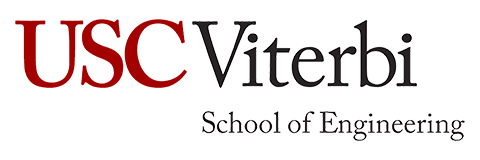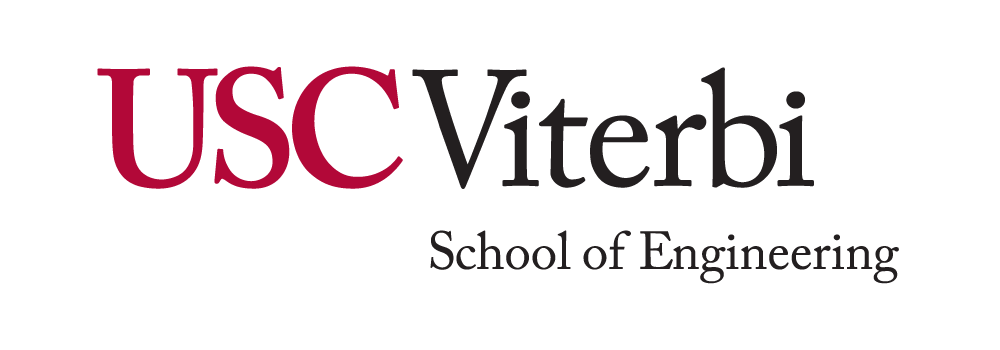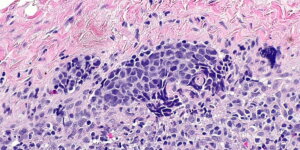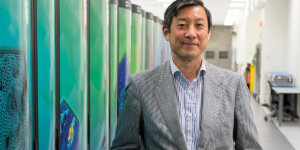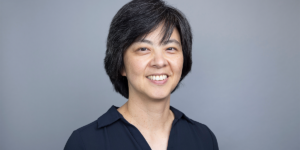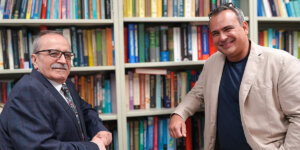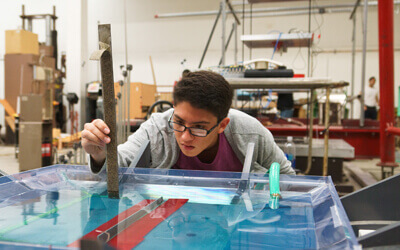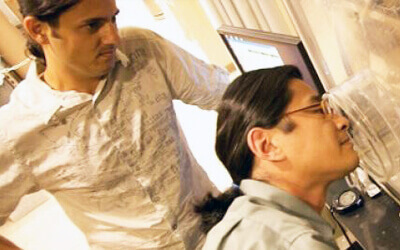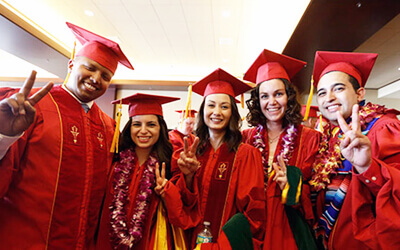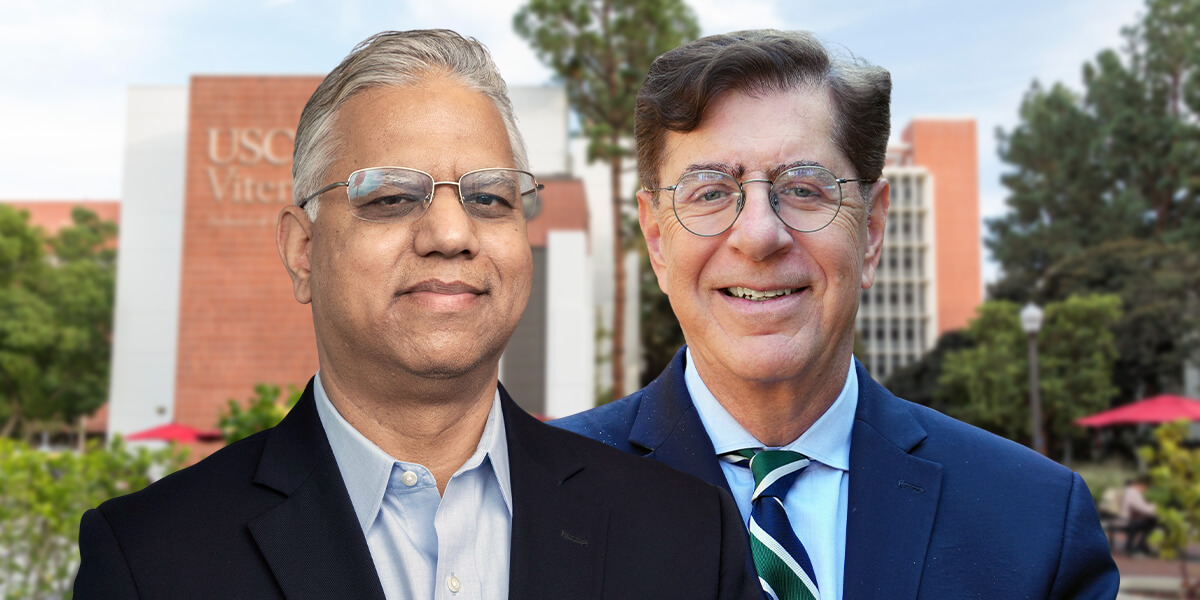
Professor Costas Synolakis and Professor Satyandra K. Gupta, 2025 AAAS Fellows
Have you ever wondered how mass evacuations are planned in the event of a tsunami? Or who’s strategizing behind the scenes to ensure that robot workers serve to help – not to hinder – your job prospects?
The innovations that enhance our lives – whether for safety, efficiency or simply enjoyment – can often be tracked back to a university research lab.
Each year, the American Association for the Advancement of Science (AAAS) recognizes this fact by electing university researchers across the nation as AAAS Fellows. The honor, which recognizes researchers whose “efforts on behalf of the advancement of science or its applications are scientifically or socially distinguished,” is among the most prized in academia.
USC counts more than 40 faculty members as honorees, and this year two additional USC Viterbi faculty are among those to join the ranks.
Costas Synolakis
Mitigating the impact of tsunamis and natural hazards
Synolakis’ research into the causes and effects of tsunamis and extreme flooding events has played an important role in influencing policy decisions and disaster recovery programs worldwide. At USC, he serves as Gordon S. Marshall Professor of Engineering Technology and professor of civil and environmental engineering, and his current work focuses on understanding unusual tsunami amplification phenomena and the impact of a changing climate upon extreme weather events.
In 1996, Synolakis founded the USC Tsunami Research Center. The center’s achievements have included the development of MOST (Method of Splitting Tsunami), the operational code used by U.S. and Australian warning centers for tsunami forecasts. In addition, the center was responsible for the production of all official state maps for evacuation planning in California. Tsunami warning signs along state beaches are a result of his work.
After growing up in Athens, Greece, Synolakis came to the United States to attend the California Institute of Technology for his bachelor’s, master’s, and doctoral degrees. His early work concentrated on analytical solutions for the climb of solitary waves on plane beaches, based on laboratory experiments. He later developed the highly cited principle known as Synolakis’ law: the relationship between the height of the solitary wave, the beach slope and the offshore depth. This has been widely used for benchmarking numerical codes for water waves.
In addition to multiple other awards and honors, Synolakis is a member of the National Academy of Engineering (NAE), and he has received the two primary awards of the American Society of Civil Engineers: the 2015 Moffat and Nichol Coastal Engineering Award and the 2019 International Coastal Engineering Award.
“I have been reading Science (published by AAAS) and attending AAAS meetings since I was a graduate student,” said Synolakis. “AAAS helped me develop as a researcher, shaped my science conscience and granted me access to the National Academies. Being a fellow a is great honor that I will treasure; I only hope to be able to give back to AAAS what I have so generously received.”
Satyandra K. Gupta
Shaping the future of human-centered automation
Gupta is the founding director of the USC Center for Advanced Manufacturing (CAM), in addition to holding the Smith International Professorship in Mechanical Engineering and serving as a professor of aerospace and mechanical engineering and computer science. At CAM, he leads researchers and students in the development of the latest smart manufacturing and human-centered automation technologies.
Alongside his work at USC, Gupta is a co-founder and chief scientist at GrayMatter Robotics, a company focused on robotic automation solutions for high-mix manufacturing applications. The company’s smart robotics cells are installed in many factories in the US serving aerospace and defense, specialty vehicles, marine and boats, metal fabrication, sports equipment, and furniture and sanitary ware sectors. These cells are helping companies to increase human productivity, reduce ergonomically challenging work, compress cycle times, expand capacity and improve sustainability.
Holding 24 patents and having authored more than 500 articles in journals, conference proceedings, and book chapters, Gupta is a leading example of USC faculty who are equally involved in academic research and transitioning technology to industry. His work has received extensive media attention, and he has received numerous honors and awards for his contributions to the scientific community. Representative examples include Presidential Early Career Award for Scientists and Engineers (PECASE) in 2001, and Lifetime Achievement Award from ASME Computers and Information in Engineering Division in 2024. He has also received eleven best paper awards at international conferences. He is a fellow of the American Society of Mechanical Engineers (ASME), Institute of Electrical and Electronics Engineers (IEEE), Society of Manufacturing Engineers (SME), and Solid Modeling Association (SMA).
“It is a privilege to join the company of the past AAAS fellows who have dedicated their lives to improving the human condition through scientific exploration,” said Gupta. “This recognition celebrates our innovations in the human-centered automation area for reducing health risks for workers, improving sustainability, enhancing product quality and strengthening the US manufacturing ecosystem.”
Learn about the research of the USC 2025 AAAS Fellows across all schools here.
Published on March 28th, 2025
Last updated on March 31st, 2025
